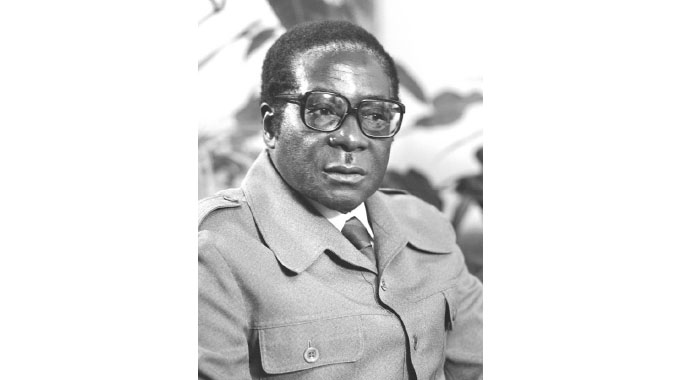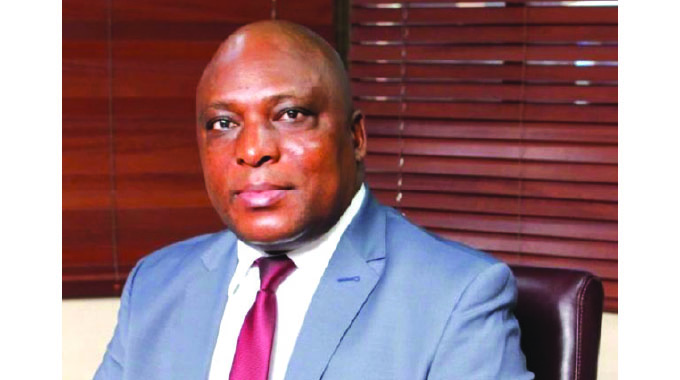Editorial Comment: Competence must be the criteria

The Government has decided not to abandon the urban areas to the councils the residents elected and has repeatedly stepped in to help at least sort out the emergency problems.
In Harare this meant getting at least the minimum water supply required being treated and pumped.
In most urban areas this has seen this year the urban areas getting their fair share of the roadworks as the Ministry of Transport and Infrastructure Development climbs in, figures out the most critical roads that need repair or even reconstruction, and hires decent contractors through and open procurement system to do the work.
Even when it comes to the major infrastructural works, the urban areas get their share. One of the biggest projects now in progress, if not the biggest, is the Gwayi-Shangani Dam at the confluence of those two rivers in Matabeleland North and the associated pipeline from the dam down to Bulawayo.
While there is enough water for some irrigation, the bulk of the water will be going to Bulawayo and the towns between the dam and that city. For the first time in decades Bulawayo will actually have enough water, and enough not just for immediate needs, but to grow and become once again a major industrial hub of Zimbabwe.
Harare has not been forgotten. Preparatory work on Kunzvi Dam to the northeast of the city is now starting. This dam is considered critical to sorting out Harare’s water woes.
It is not just a new source of water, since the four dams along the Manyame River hold adequate supplies of raw water most years. More importantly the pipeline from this dam will enter Harare in the northeast of the city, the area where there has been no municipal water for many years.
Water from Morton Jaffray and Prince Edward waterworks has to be pumped uphill. Some areas are fortunate and just need one lift from the pumps. The city centre and another group of suburbs need two.
By the time you get to eastern and northern Harare you need three or four lifts from the pumps. So Kunzvi water is not just a new supply, it is a new supply in the right place, the part of the city furthest away from Morton Jaffray.
Of course, fixing up urban areas is needed as part of the national development strategy, since the bulk of the existing industrial base is in the urban areas and much of the industrial growth will need to be urban.
Even when new factories are built away from present urban centres they will, like new mines, be the focus of new urban development.
But again this just shows that the Government is willing to do its job properly and making sure that the industry we have continues to operate and that this industrial base can grow and expand.
At the Zanu PF Politburo meeting last weekend President Mnangagwa made it clear that supporting urban centres and urban people was not just a Government policy, but also a party policy.
Fairly clearly Zanu PF feels that presenting competence and fairness is electorally attractive, regardless of whether people actually like the party.
The opposition has the odd urban authority that is functional, but these tend to be the exception. The calibre of many urban councillors is very low, as the only two opposition mayors of Harare who have served full terms have stressed, at length.
Apparently council nominations were dished out to low-grade fanatical supporters, rather than any attempt made to find quality candidates.
Zanu PF has always followed a different policy. Those wanting the party nomination for a council seat have to go through some basic vetting, and then have to face a primary.
This tends to eliminate the chancers and the useless. As a result most rural district councillors tend to be women and men of some standing in their local communities, and people who tend to keep in close touch with their voters.
We have seen this in how devolution funds are being spent. In the rural areas there are three prime areas: new clinics, new classroom blocks at overcrowded schools and road making equipment.
While the basic clinic network is in place across Zimbabwe no one likes travelling up to 20km, especially when sick. And a rural clinic remember is not just a clinic, urban style. It has to include staff houses and a water supply, usually a borehole.
And it is important to note that priority given to make sure that the council staff can repair roads. The Government might cope with the main roads, but the councils need graders and trucks to tackle the long side roads.
Perhaps some urban authorities can take note of that priority. No one can say rural district councillors are in the posts for the money. One interesting development is now that several councils have seen the councillors opt to forgo their transport allowances with the money used to buy motorbikes instead, and motorbikes are cheaper than even an old car.
The rise of the opposition in urban areas dates from the days when corruption started growing, and there is more to steal in urban areas, and the rise of hyperinflation, that really hammered wage earners, again urban people.
So it was not irrational. But with the Second Republic Zanu PF has “shot the opposition’s fox” to use an English expression.
In many ways, and in all the important ways, fighting elections on the basis of competence and showing voters who can do a better job seems a good way to go.
Voters need to respond, making it clear that they want honest and competent people running their local authority and the central Government.
But as we move into the new practical world this stress is important. And Zanu PF at the moment are on a winning ticket on those criteria.










Comments